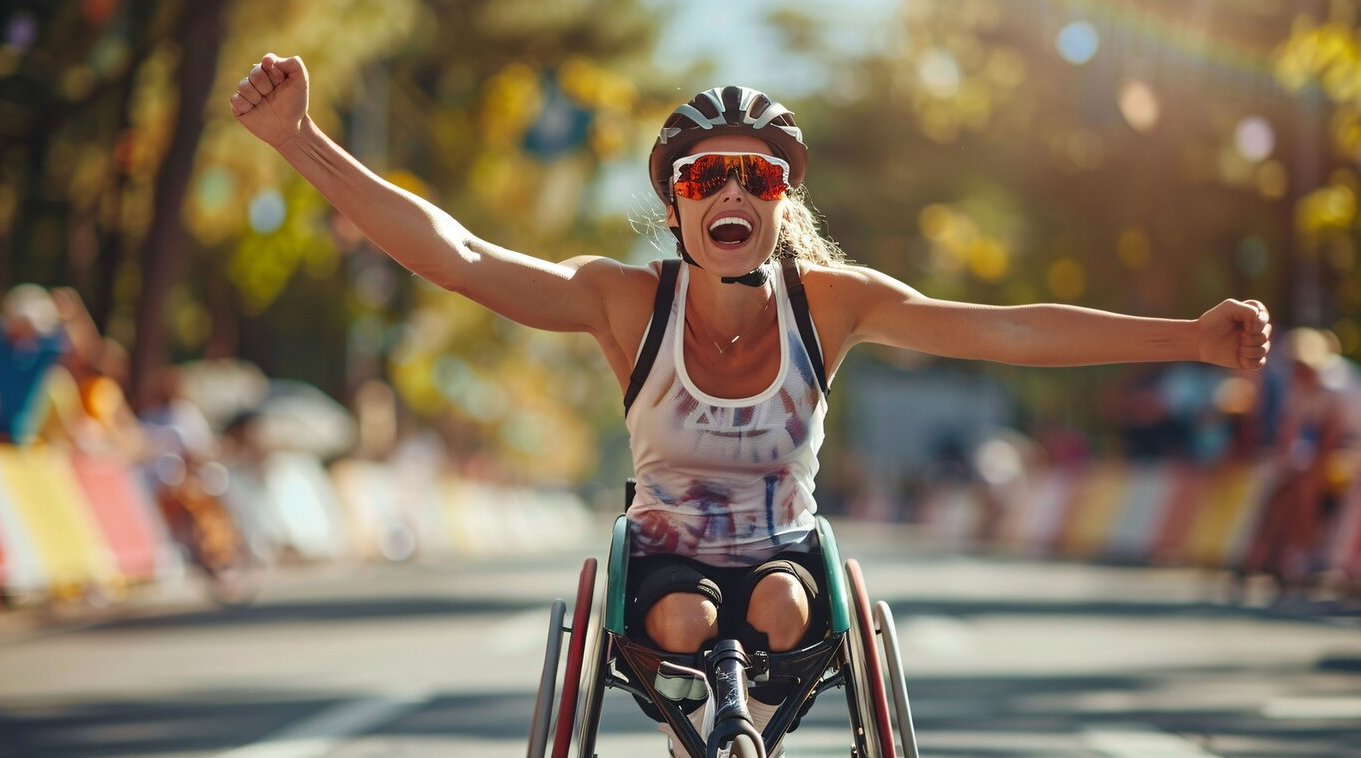
Sports have been associated with competition, engagement, and crossing boundaries. Throughout history, people with disabilities have always been on the margins, not due to a shortage of will or capability, but because the facilities that these athletes trained within were not designed with inclusion in mind. This is changing at breakneck speed.
Adaptive sports are better with the help of technology, awareness, and a broad cultural shift toward inclusion. They range from community-based leagues to international events like the Paralympics, and are instrumental in reframing negative perceptions of disability and Ableism and merging both sport and disability.
More Than Just Modified Rules
Adaptive sports are not a ‘watered-down’ idea of conventional games. They have their history, developments, and great sportsmen. Examples include wheelchair basketball, para-swimming, blind cricket, and many others. These sports, like others, require high levels of physical fitness, mental prowess, elaborate strategies, and multi-dimensional strength.
Today, thanks to modern technology, anyone can maximize their potential. Sophisticated athletes have custom products such as protective clothing, AI prosthetic limbs, and even suggestive wearable technology. The best part is that an athlete’s identity doesn’t have to go missing while trying to perform at their peak.
As adaptive sports gain more exposure, they’re also gaining attention in other areas—like analytics and fan engagement. Platforms like betting site online are beginning to reflect this momentum, featuring events and odds for key tournaments in the adaptive sports calendar.
Visibility and Representation Matter
Visibility in adaptive sports is the single most significant growth driver. Each additional sponsor, endorsement, or segment allocated towards a person with a disability translates into more opportunities for others with disabilities.
With the help of social media, streaming services, and AI content creation software, adaptive athletes are receiving unprecedented focus. Sports that used to be limited to a particular segment are gaining global recognition due to feature interviews, promotional videos, and athlete spotlights.
Acknowledgment is not just about having a presence but also about recognition as a competent player in the arena. That story becomes a reality with each race, game, and medal earned.
Follow MelBet Instagram for a closer look at how athletes across all levels are pushing limits and making headlines in traditional and adaptive sports.
Expanding the Global Stage for Adaptive Competitions
Although worldwide competitions like the Paralympics bring attention to para-athletes, there is a shift towards having consistent international coverage throughout the year. Nations are starting to hold specialized tournaments, regional leagues, and mixed-ability competitions to allow athletes with disabilities to participate more often.
These efforts are being simplified by AI-based event management systems, which automate match planning and analysis of venue accessibility and allow for player matching based on skill level and not just classification. This advance on a global scale not only benefits the athletes but also creates opportunities for new fans and sponsors to emerge and for increased media attention.
Breaking Down Barriers with Tech
Thanks to innovations in AI technology, athletes with disabilities have new opportunities to explore. Coaches can utilize smart sensors to capture detailed movement techniques, which helps them design better refinement strategies. With machine learning model integration, tailored training programs built around individual athletes’ unique body structure and recovery requirements are now possible.
Voice commanding AI, along with wearable GPS, facilitates greater movement precision for vision-impaired athletes. Neural AI prosthetic limbs enable more natural movement for competitors with different limbs. Such technologies enhance performance, promote greater levels of independence, and instill confidence—all fundamental components of sports success.
What Adaptive Sports Are Teaching the World
The adaptive disciplines may be different from mainstream sports, but there is undoubtedly knowledge that can be shared. In these sports, creativity and resilience are prioritized over rigid disciplines. Most importantly, these sports challenge the beliefs of ‘what is possible’.
Consequently, below demonstrates what adaptive sports have contributed to on the global platform:
- New techniques of equipment and training innovation
- Expanded conceptions of physical ability
- Motivation through perseverance
- Transformative new formats that attract diverse supporters
- Evidence that inclusion fosters competition
Adaptive athletes are not just participants—they’re pioneers.

The Road Ahead: More Inclusion, More Access
As we gain more momentum, the next phase will be to make adaptive sports more accessible. This will involve supporting grassroots initiatives, formulating sensitive policies at clubs and educational institutions, and ensuring that funding is still available after a major international competition.
It is also imperative to allow adaptive athletes to compete in open leagues where there is competition, broadening the scope for athletes while increasing the viewership base. The objective is not merely ‘separate but equal’ but rather to achieve integration when feasible and respect everywhere else.
Once again, it will be largely driven by technology. AI-based identification of potential and digital interfaces will link people with coaches, players, communities, and sponsors. The next decade is guaranteed to be the most transformative one.
Expanding the Global Stage for Adaptive Competitions
Although world events like the Paralympics focus on adaptive athletes, there is an increasing effort to have a more permanent global presence throughout the year. Nations are starting to sponsor tournaments, regional leagues, and multi-disability competitions, allowing more frequent opportunities for athletes with disabilities to compete.
Efforts are further streamlined with AI-powered event management software capable of automatically planning fixtures and assessing venue wheelchair accessibility. Rather than basing matchups solely on classification, they can now be grouped based on skill level. The addition of these features will help not only athletes, but also draw in new fans, sponsors, and broader media coverage.
Final Thoughts
In adaptive sports, there is no room for narrowing the athlete’s potential; everything is a breakthrough. Adaptive sports aim to highlight that every single athlete deserves to be celebrated irrespective of their physical abilities. Every athlete has a unique story that needs to be told, even if they are not given control of the narrative.
With growing media attention and strengthened support systems, the obstacles are gradually decreasing, match by match, moment by moment, and record by record.
